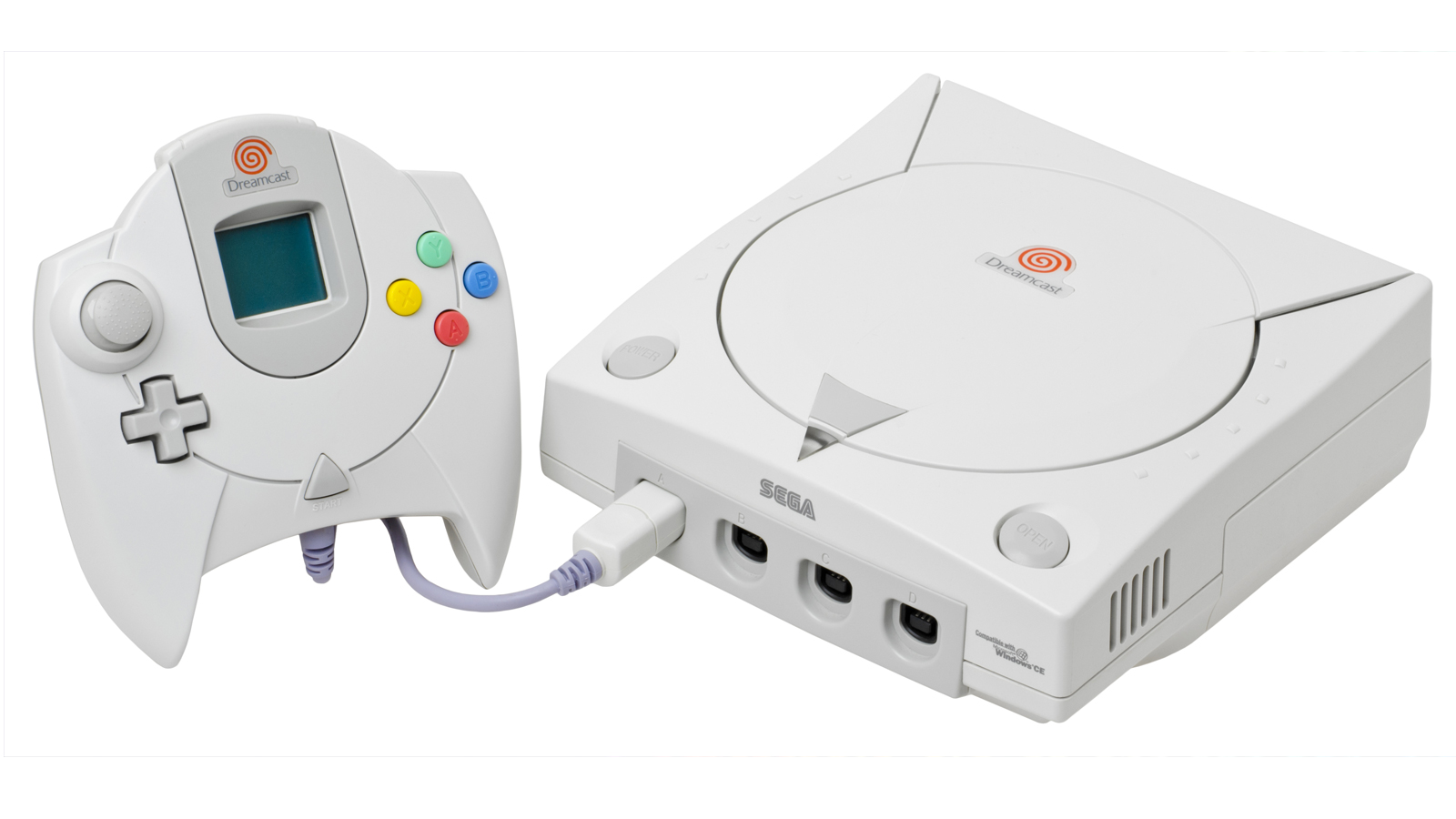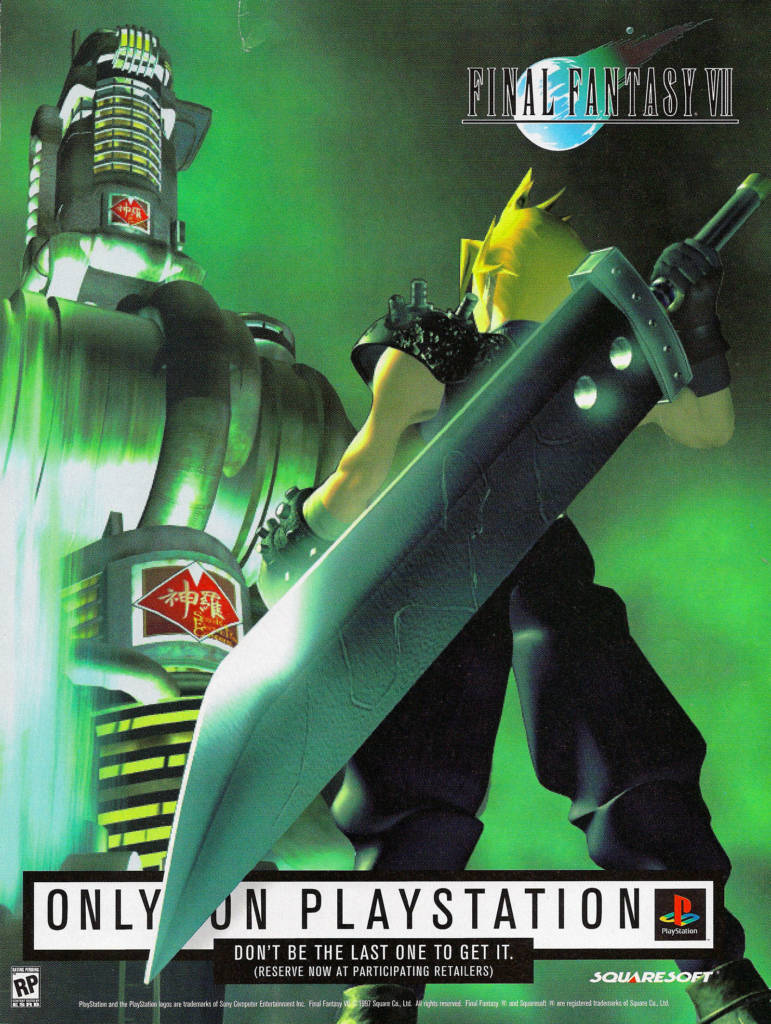The Dreamcast – A Retrospective

The Dreamcast, Sega’s last official hardware released worldwide, just turned 20 this year. Let’s take a look back on this influential but ultimately ill-fated console, looking at the hardware, the games and it’s impact on video gaming as a whole.
Sega has been a long standing fixture within both the arcade and home console market with a string of hits ranging from racing games to flying games and mascot Staples like Sonic the Hedgehog. Sega had much success with their superior scaling technology in games such as After Burner and Outrun as well as in the home with the massively successful Sega Genesis. Partially due to their stellar marketing and knowing their American audience. A string of lackluster home consoles and bad business moves came after though with the launch of the Sega CD, 32X and Saturn most of which barely lasted more than a few years. Consumer confidence in Sega was pretty low. And then something big happened.

The late 90s we’re an interesting time. Final Fantasy VII among other games was the turning of the tide. Video Games were coming out of the basements and seedy arcades. They were becoming cool, mainstream. Sony, Nintendo and Sega all had consoles out on the market. The PC vs. console wars hit fever pitch. Times were good in general for games. The 32X was dead, the Saturn was on it’s last legs but Sega had some killer tech on the horizon.
In possibly the best launch lineup of games (House of the Dead 2, Hydro Thunder, Power Stone, Ready 2 Rumble Boxing, Sonic Adventure, Soulcalibur and Tokyo Xtreme Racer among others) Sega came strong out of the gate. With the launch date of 9-9-99, fervor was high in America and with a $199 price tag, included modem and hip marketing that played to American tendencies to boot, the North American gaming audience ate it up. Sega had a console that was definitely modern and forward thinking at the same time. It looked to be that Sega could be in it for the long haul.
Things were looking good for Sega or at least it seemed. The reception over in Japan was good but not great. It seemed that lots of people were eagerly awaiting the new iteration of Sony’s PlayStation console, the PS2.

Sega was able to bring arcade quality visuals to the home without compromise. It signaled the end of arcades as we new them. Soulcalibur was the poster child for the console. It had visuals surpassed from the arcade version. More characters, extra modes and tons of game tweaks. It was a console exclusive. No PlayStation port, no N64 port. And that game was near perfect. Balanced to fighting game fans’ exacting standards. SoulCalibur along with new series Crazy Taxi, the groundbreaking Shenmue, the NFL 2K football series, Jet Set Radio and more, the games were incredible. The Sega produced 2K sports series, now owned by 2K Games, was far superior to EA offerings. With superior gameplay and online support, Sega was winning over the sports fans.
Sadly though, all of these things couldn’t keep the Dreamcast afloat. Just 2 years after it launched and with pressure internally, on March 31, 2001, Sega discontinued manufacturing of the Dreamcast. While games still continued to come out well into 2002, it was the end for Sega in the console market. They would become exclusively a publisher and developer of games. The console manufacture couldn’t compete with the PlayStation 2 and it’s included DVD playback capability.

Sega left a mark on the industry with some of the most iconic characters and game series and the Dreamcast left a mark on console development to this day. It was the first console with integrated online connectivity. It had the first controller with an LCD screen via an optional memory unit. Microsoft looked very heavily at the Dreamcast for inspiration into their first foray into the console gaming market. Peter Moore formally of Sega was poached and brough over to the Xbox team.

